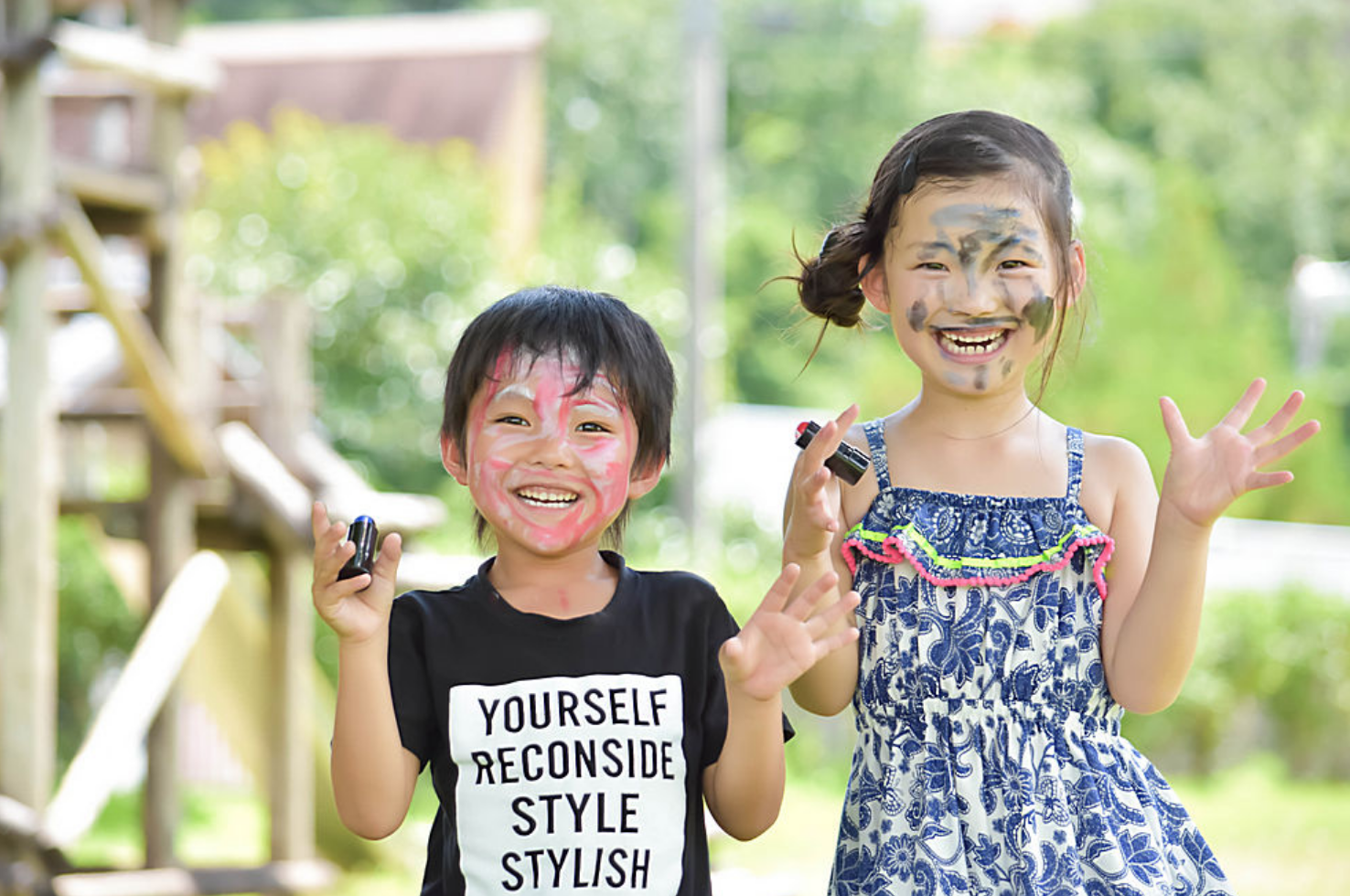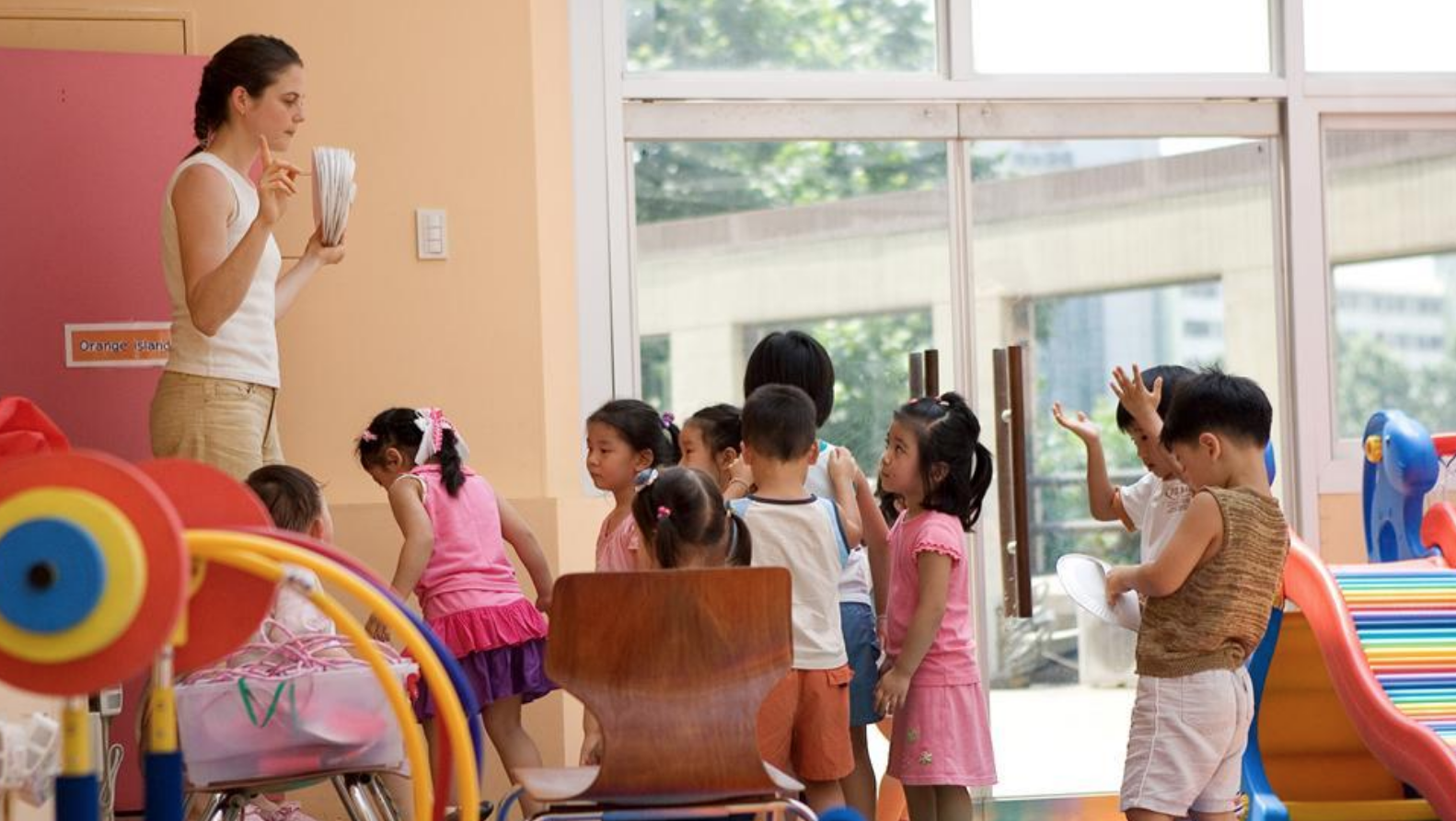
For parents, childcare services are very important. It provides parents with peace of mind at work and not have to worry about their children as they are taken care of by education professionals who can teach and care for them. Childcare also helps children be ready to enter primary school smoothly.
However, childcare services are also prone to increase their fees because of the many services and changes it provides to children. With this in mind, the government introduced subsidies for parents and to keep these services more affordable.
Fortunately, on August 28 2019, the government announced more subsidies to help parents pay for childcare. According to Manpower Minister Josephine Teo, pre-school education is important for Singaporean parents and the government aims to help them have better access to affordable childcare.
Here are the Singapore child care subsidies that are available for parents starting next year:
Preschool, infant care & child care subsidies (up to 6 years old)
Starting next year, parents can apply for a Basic Subsidy up to $600 for full-day infant care or $300 for full-day childcare.
Meanwhile, the government has announced that they will increase the gross monthly household income requirement for Additional Subsidy to $12,000 for the coming year. This will guarantee that more families can benefit from the program. The government also increased the amount of the subsidy that can be availed by all who can apply for an Additional Subsidy.
1. If the parent is a working mother and earn a gross monthly income of $7,500 and below, they are applicable for an Additional Subsidy.
Lower-income families will also be able to access this subsidy and get a higher amount when they apply. The maximum additional subsidy that can be granted is around $540 for infant care. While parents applying for childcare will get $440 for additional subsidies.
2. Families earning a gross monthly income of $3,000 will only need to pay $3 a month per child if they are enrolled in anchor operator schools.
The reason for this fee is because they can get up to $400 to $467 worth of additional subsidies. Those earning $5,000 can get up to $340 worth of additional subsidies.
3. If the gross monthly income is around $8,000 families can get an additional $190 worth of subsidy. Meanwhile, if they earn around $12,000 per month, they can get $80 additional subsidy.
4. However, if one is a stay-at-home parent or work less than 56 hours per month, you will not be able to qualify. However, as a stay-at-home parent, you can choose the homeschooling route.
5. If families are more than 3 members or dependants, their subsidy will be computed through their Per Capita Income level.

Kindergarten subsidies (from 3 to 6 years old)
Good news for those who want their child to attend kindergarten instead of childcare.
If the child is attending kindergarten programmes launched by Anchor Operators and the Ministry of Education, their families can avail the subsidy under the Kindergarten Fee Assistance Scheme (KiFAS) if they earn a monthly income of $6,000 or below.
1. If families are more than 3 members or dependants, their KiFAS will be computed through their Per Capita Income level.
2. If the family is earning $2,500 or below, they will get 99% fee assistance from the scheme or $170. This means the child will be able to go to kindergarten for free. However, if the income is around $5,001 to $6,000, 20% will be covered by the scheme or $35.
3. Aside from the KiFAS program, families can also check the Start-Up Grant (SUG) to help with your child’s kindergarten fees. The program is meant for low-income families who earn around $1,900 per household or $650 per individual.
The maximum grant that can be received from the program can be up to $240. This can be used to pay miscellaneous expenses like school supplies, insurance, and uniforms.
Factors that will affect how much your child gets
There are 3 factors that will influence how much your child can get.
1. When it comes to Basic Subsidy, the ECDA will look into the parent’s working status and the child’s programme.
2. For Additional Subsidy, the income of the family will be considered and the programme they are in.
3. KiFAS applicants will be able to compute what they can get from the scheme through their household or per capita income. Meanwhile, SUG applicants must qualify under the household income or per capita threshold before their grant can be computed.
Subsidies Application
For those interested to apply for the Basic and Additional Subsidy, it can be done directly through your child’s preschool. The school will provide all the forms needed for the application. This can be done after you have chosen the right school that suits your child’s needs.
Once the subsidies are approved, the subsidy will be sent directly to the school. You will need to pay net fees once the subsidy is paid. Each school may also charge different fees aside from the net fees.
If your child is enrolled in half-day or flexi-care programmes subsidies are also available. You may check the ECDA website for more information.

What’s next for Childcare?
According to Minister for Social and Family Development Desmond Lee, the ECDA will be expanding their partners and reach out to quality kindergartens in 2021. This is in light of the ending term of current partner operator centres in 2020.
The government is also scheduled to lower down the fee cap for partner operators starting 2020. This will help make these operators more affordable for the public.
Government-supported pre-schools will also have lower fee caps in the future. Once this is done, families will only need to pay about $300 per month after basic subsidies. More preschoolers will also be able to get access to government-supported preschools by 2025.
Lee also says that the government hopes to reduce parents’ concern about the costs they would have to pay to get their children to school. With the changes, it is their hope that working parents don’t have to worry anymore since the government is supporting them all the way.
If you have any other questions when it comes to these programs, do not hesitate to contact your child’s childcare or the ECDA or MOE. If those are still unable to pay for their fees can request additional assistance from the government.
For more childcare related articles, you may find these useful:
Should Preschool Children in Singapore be Given Homework?
What To Do When Your Child is Being Bullied at Daycare in Singapore?
